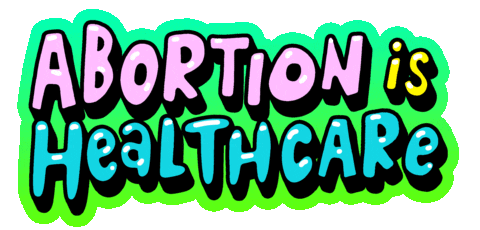
Caregiving is challenging and rewarding work. And as a transgender woman, it’s complicated. I’ve learned so much throughout my life about what care looks like – both for myself and my community. Now, I want to share some of those experiences to help other caregivers.
My journey as a caregiver began during adolescence when my mom had a heart attack and needed open-heart surgery. I cared for her through her recovery and, later, through her mastectomy. Caregiving has been a significant part of my life ever since.
It was in 1986 when I truly felt the deep effect and impact of the absence of care for people in my community. I became an AIDS buddy in Texas for a few months, where I witnessed firsthand the systemic neglect and devastating absence of care for those suffering from the AIDS crisis. This was a time when fear and stigma overshadowed compassion, and my community was left to navigate this crisis largely on our own. The emotional toll was immense. Attending 15 funerals in 15 days left me heartbroken and overwhelmed. For my own well-being, I had to step away, but the experience left an immense mark on my understanding of caregiving within the LGBTQ+ community. It showed me how critical it is for our community to have access to compassionate and competent care.
In 2009, I found myself caring for my husband and his mother. As is so often the case when caring for our aging loved ones, this included helping him make sure we protected his mother from various scam artists until her passing at 87. More recently, I was a caregiver for a friend who had a total hip replacement during the COVID lockdown, and continued to care for him until his death in 2023. He was the first person for whom I provided care as an openly transgender woman.
Today, I’m a live-in personal assistant and housekeeper for a transgender woman with Usher’s Syndrome, which impacts her hearing and vision. She encourages me to be myself, saying, “We’re both going to be around people and we’re going to live life!” This acceptance meant a lot to me, especially after my previous caregiving experiences where expressing my true self was discouraged.
As I reflect on my mixed bag of caregiving experiences, I wanted to share some advice I learned along the way that may help others in the LGBTQ+ community who are navigating their own caregiving journeys:
Seek Out Resources
Explore all available resources. If your care recipient is a veteran, check out the VA and their caregiver support programs. Look into local agencies for In-Home Supportive Services (IHSS) to see how many hours of support you are eligible for. Navigating these resources can be daunting, and it can feel like the support systems are harder to access than they should be. But know that you have support – and so do the loved ones you’re caring for.
Utilize Respite Services
Both paid and volunteer respite worker agencies can provide much-needed breaks. Don’t hesitate to take advantage of these services to rest and recharge. Being a caregiver is demanding, and it often feels like there’s never a break. Respite services are essential for maintaining your well-being,
Advocate for Yourself and Your Care Recipient
Continuously advocate for the necessary resources and support. This may include reminding yourself and your care recipient to practice self-care. The advocacy journey can be long and exhausting, as care systems are often not designed with LGBTQ+ needs in mind, making it feel like an uphill battle to get the support you deserve. Advocacy is ongoing—don’t stop until you have everything you need.
Build a Support Network
Connect with other LGBTQ+ caregivers both in-person and online. Sharing experiences and advice can provide emotional support and practical tips for managing caregiving challenges. Isolation is a significant issue in the caregiving community, especially among LGBTQ+ people who face further marginalization. A strong support group can make caregiving less isolating and more manageable.
Embrace Your Identity
The person I currently care for and my boyfriend encourage me to embrace my true self, allowing me to express my identity freely and live fully. I can’t say enough how essential it is to live authentically. Surround yourself with people who support and encourage your true self, and create an environment where you can thrive.
While we share many experiences with other caregivers, the journey of an LGBTQ+ caregiver and care recipient often includes distinct issues that require specific understanding and support. Not only do we deal with things like being misgendered, having to hide our identities, and not being able to access gender-affirming care, but we’re also often the primary caregivers in both chosen and biological families. This misconception that LGBTQ+ people don’t have any “real” family perpetuates harmful stereotypes, undermining the significance and complexity of our caregiving roles despite the growing visibility of our partnerships and families.
If you’re a LGBTQ+ caregiver and are reading this, I want you to know there are millions of others like you who are providing care for a spouse, partner, close friend, or aging relative—sometimes all at once. I’m proud to be a transgender caregiver because, in my queer community, we care for one another.
Remember, caregiving is a labor of love, and it’s okay to seek support when you need it. Embrace your identity, advocate for yourself and your loved ones, and build a network of support. We’re in this together, and together, we’ll continue to make a difference.
Written by Jolene, a former Care Fellow
Interested in sharing your caregiving story? Submit a photo of an LGBTQ+ caregiver in your life, or share your own care story. Your stories will be featured as part of Caring Across Generations’ Pride in Care campaign, showcasing what a thriving care system built on joy and dignity can look like.


